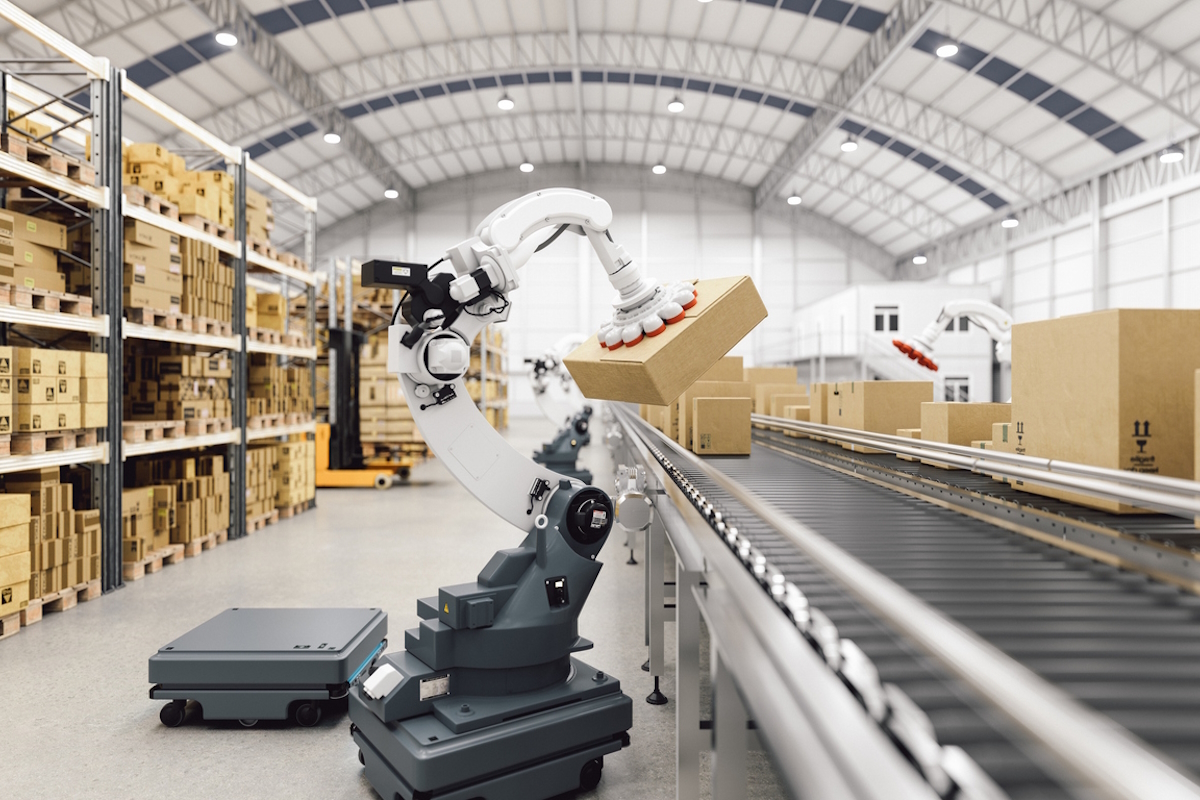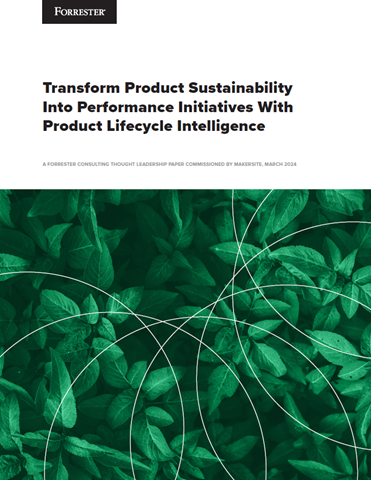AI and the supply chain

AI is our future, argues John Lash at e2open, and we must harness it now to advance supply chains
Artificial intelligence has seemingly infinite possibilities, but many supply chain professionals ask the same question: where do I start? While advanced and increasingly mature AI has been available in the market for some time now, generative AI has caught the attention of many and prompted organisations to examine more closely how the technology can lead to supply chain success.
The truth is that leaders would be wise to avoid using AI for the sake of AI and instead take time to understand how AI is best used to address specific challenges.
While AI will bring significant advantages to those who harness its power over the next few years, those who succeed will have two things in common: choosing the right AI solution to address the challenge and fuelling AI with data captured from across the extended supply chain.
Deploy the right type of AI for the task at hand
The generative AI we hear about daily in the news is just one of four artificial intelligence methods available: it joins supervised, unsupervised, and reinforcement machine learning. Although the latter three are understated in the media, they are core to unlocking value in supply chain. Here’s why.
When it comes to AI, one size does not fit all. There are four types of AI, and one method is no better than another – it’s about using the right tool for the job. For instance, you wouldn’t use a hammer on a bolt or a spanner on a screw — its crucial leaders see through the generative AI hype and choose the proper AI technologies to support each business process.
How do the AI technologies differ?
Supervised learning finds patterns across disparate datasets. These systems are trained to recognise what “good” looks like and learn to predict outcomes accurately over time.
Unsupervised learning discovers hidden clusters – many of which are not apparent to people – without training or guidance.
Reinforcement learning explores different options through trial and error, learning which actions to take based on the best outcome.
Finally, generative AI uses large language models to interpret masses of unstructured data and generate new content with similar characteristics, often featuring the human chat-like interaction that made ChatGPT famous.
How can supply chain leaders deploy each of these types of AI effectively? Where should they prioritise?
AI deployments in supply chain
Supervised and unsupervised learning has been deployed at scale for decades, working within advanced supply chain management applications in functional planning, logistics, and fulfilment domains.
For example, supervised learning recognises patterns across many real-time demand signals to predict what customers will order instead of simply what companies hope they will order to enhance the forecasting of finished goods. This lets companies build the right products and stock them in the right location at the right time, the first time, to serve clients at the lowest cost and capture growth opportunities.
As for unsupervised learning, this can be used to support new product launches, automatically identifying items with similar characteristics and inheriting their properties. This ensures product availability to capture market share and delight customers, raising the return on innovation while limiting financial liability.
In fulfilment, supervised and unsupervised learning cleanse dataflows from thousands of distributors, resellers, and retailers to automatically correct errors and augment missing fields, transforming noisy data into decision-grade information.
In logistics, supervised learning finds patterns hidden in a myriad of transport data, such as routes, loads, and equipment types, to predict and compare freight rates to industry averages. AI is also used to predict future transportation capacity requirements by lane and mode, allowing shippers to proactively identify gaps in capacity and secure transport with preferred carriers at the lowest cost.
In each example, supervised and unsupervised learning are the unsung heroes of the supply chain—workhorses running quietly in the background, without human intervention or fanfare, to unlock new value beyond what people can do today.
Of course, generative AI will also play a meaningful role going forward, but it takes more than just gen AI. Takeaway: A successful AI strategy is built on the appropriate application of AI, so don’t let the siren song of generative AI cause you to adopt a one-size-fits-all approach.
AI is only as good as the data you feed it
Ultimately, it doesn’t matter how good your AI is if you don’t have the right data—and lots of it. So, what data is required? For decisions related to making, moving, or selling goods, the most relevant data is from what’s currently happening within your extended supply chain.
Are sales for a new brand in your retail channels running hotter than expected? Do your second-tier suppliers have the semiconductors or active ingredients to keep production lines running? Do your preferred carriers have transport capacity available at contracted rates? Did the recent wildfires damage warehouses and limit inventory in the region? Does the latest round of retaliatory tariffs on a critical commodity change the viability of key trade lanes?
This kind of data is essential for AI, and most of it comes from the hundreds and thousands of business partners that make up your value chain. Being outside your internal operations, getting value chain partner data might appear daunting initially, but it’s greatly simplified through a connected supply chain network.
The rewards are tangible, giving you the fuel to power your AI, make better decisions, and gain a sustainable competitive advantage. After all, isn’t that why you invest in AI?
One piece of a much bigger puzzle
As AI becomes mainstream, unlocking value will not necessarily be about keeping pace with the headlines. Instead, it will be about how these technologies are deployed to meet specific business challenges.
While conversational interfaces through generative AI will be beneficial, remember that it’s only one piece of a complex puzzle. So, think bigger in terms of both technology and data. Adopt a “yes and ...” attitude that includes all four types of AI – for the right technology and use cases. And make sure to get the right value chain data to properly feed your AI and unlock its true potential.
John Lash is GVP Product Strategy at e2open
Main image courtesy of iSTockPhoto.com and imaginima

Business Reporter Team
Related Articles
Most Viewed
23-29 Hendon Lane, London, N3 1RT
23-29 Hendon Lane, London, N3 1RT
020 8349 4363
© 2024, Lyonsdown Limited. Business Reporter® is a registered trademark of Lyonsdown Ltd. VAT registration number: 830519543
Join the Business Reporter community today and get access to all our newsletters, and our full library of talk show episodes
Join the Business Reporter community today and get access to all our newsletters, and our full library of talk show episodes





